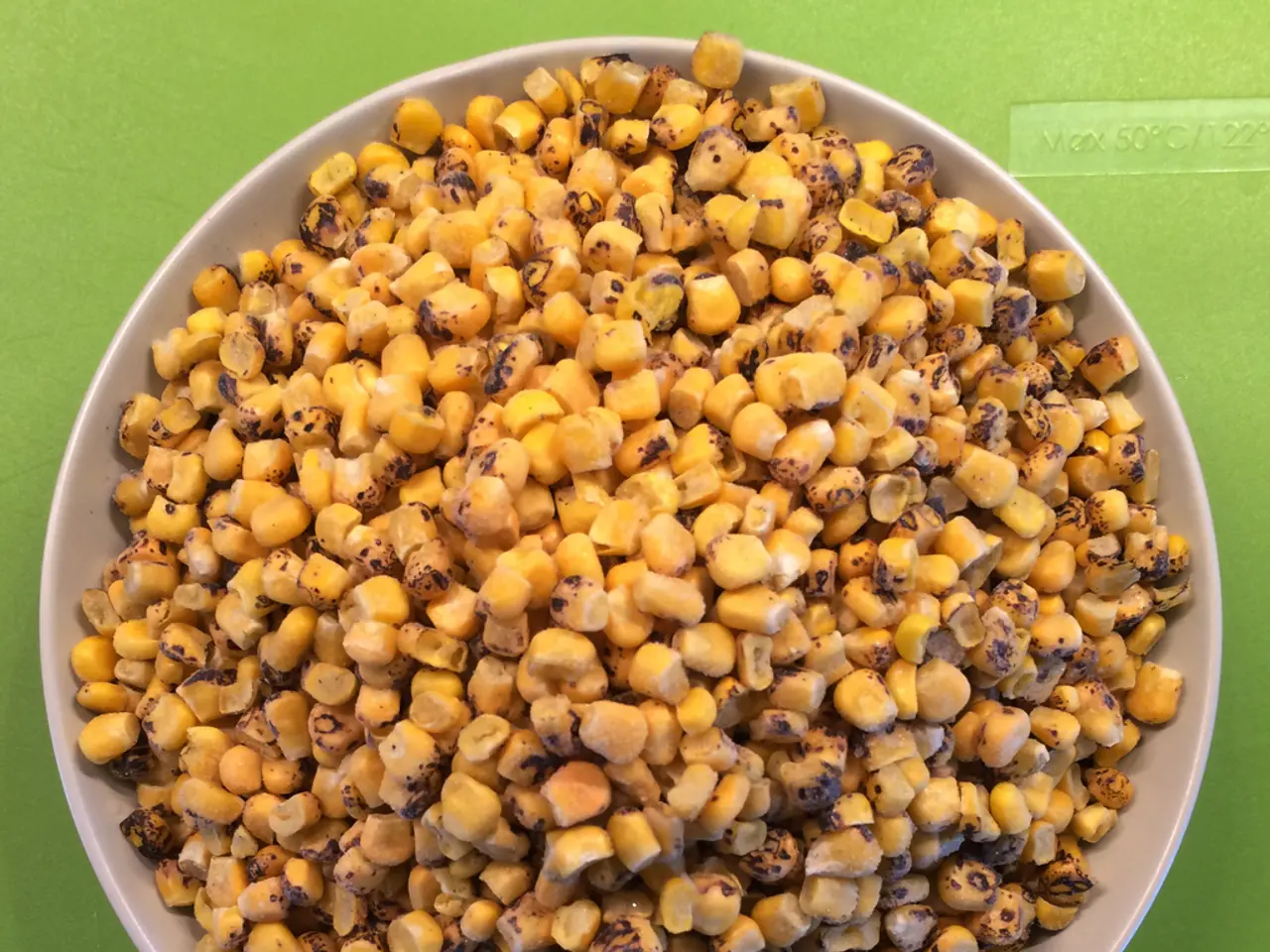Guide to Harvesting Seeds from 8 Common Crop Varieties
Save garden seeds and save your budget for the upcoming year! It's a fantastic way to save some green while growing crops tailored to your regional climate. Not only is it budget-friendly, but there's pure joy in knowing that homegrown seeds have a knack for thriving in the conditions they're already acclimated to.
First off, it's crucial to know which seeds are ideal for saving. We're talking about open-pollinated (or heirloom) and self-pollinating seeds. Cross-pollinated plants are also an option if they're not near other varieties of the same species.
Here's a list of the easiest crops to start off with when seed saving:
Beans, Cowpeas, Peas:
Ready, set, seed save! These self-pollinated powerhouses are a breeze for beginners. They usually just need around 10-20 feet between varieties to maintain the same plant next year - though, I've been known to bend the rules without a hitch. Wait for the pods to become completely dry on the vine, or if that's not possible, allow the pods to dry before storing once seeds can no longer be dented with a fingernail.
Watermelon:
Seed saving made easy with watermelons! These insect-pollinated seed savers require about 800 feet of distance between varieties to avoid cross-pollination. Simply scoop out the seeds, rinse them, and dry them for several days until they're completely dry. Voila! Your watermelon seeds are ready for storage.
Okra:
If you've only planted one variety of okra, saving seed is your call! Just wait until they're completely dry and cracking open, and you'll be good to go.
Basil:
save the lush goodness that is basil by growing it from seed. But remember, stick with only one kind of basil since they're insect pollinated and will cross if multiple varieties are present. Wait until the flowers turn brown and crisp up, open them, and you'll see those black seeds.
Tomatoes:
Saving seeds from tomatoes is a bit different, as they're both self-pollinated and insect-pollinated. Keep at least 10-50 feet between your varieties to ensure the same variety next year. Collect tomato seeds by scooping them into a container, leaving them in a warm spot out of direct sunlight to ferment, and allowing the seeds to separate from the coating.
Squash:
There are two types of squash with different harvest times but they're both insect pollinated. Seeds should be hard to dent with a fingernail and the stem should be dry when harvesting for seed saving.
Cucumbers:
Cucumbers are seed-saving powerhouses, ready about three weeks after mature yellows or oranges. Keep varieties well apart to prevent cross-pollination. To collect seeds, cut cucumbers lengthwise, extract the seeds, and place them in water for fermentation before cleaning, drying, and storing.
Peppers:
Save pepper seeds about two weeks after maturity. Harvest seeds by dislodging them and drying thoroughly. Remember to keep varieties well apart for no cross-pollination.
And there you have it - a beginner's guide to saving seeds from popular garden plants! If you'd like more information about seed saving, check out this resource from Seed Savers Exchange. Happy seed saving!
Oh, and if you'd like some helpful tips on garlic planting, check out this cheat sheet! Just enter your email and learn how to plant, what kind to plant, where to purchase, where not to purchase, and the easiest ways to plant whether you have a raised bed, plot of land, or container. Plus, you'll get helpful e-mail updates and free garden downloads!
- To save resources and money for the next gardening season, consider seed saving from popular crops like beans, cowpeas, peas, watermelon, okra, basil, tomatoes, squash, cucumbers, and peppers.
- For beginners, self-pollinated crops such as beans, okra, and basil are the easiest to save seeds from. Insect-pollinated crops like watermelon, tomatoes, squash, cucumbers, and peppers require more distance between varieties to avoid cross-pollination.
- For a comprehensive guide on seed saving, visit the Seed Savers Exchange resource and discover valuable insights to help you embark on your seed-saving journey. Also, receive helpful gardening tips on garlic planting by subscribing to an available cheat sheet.







